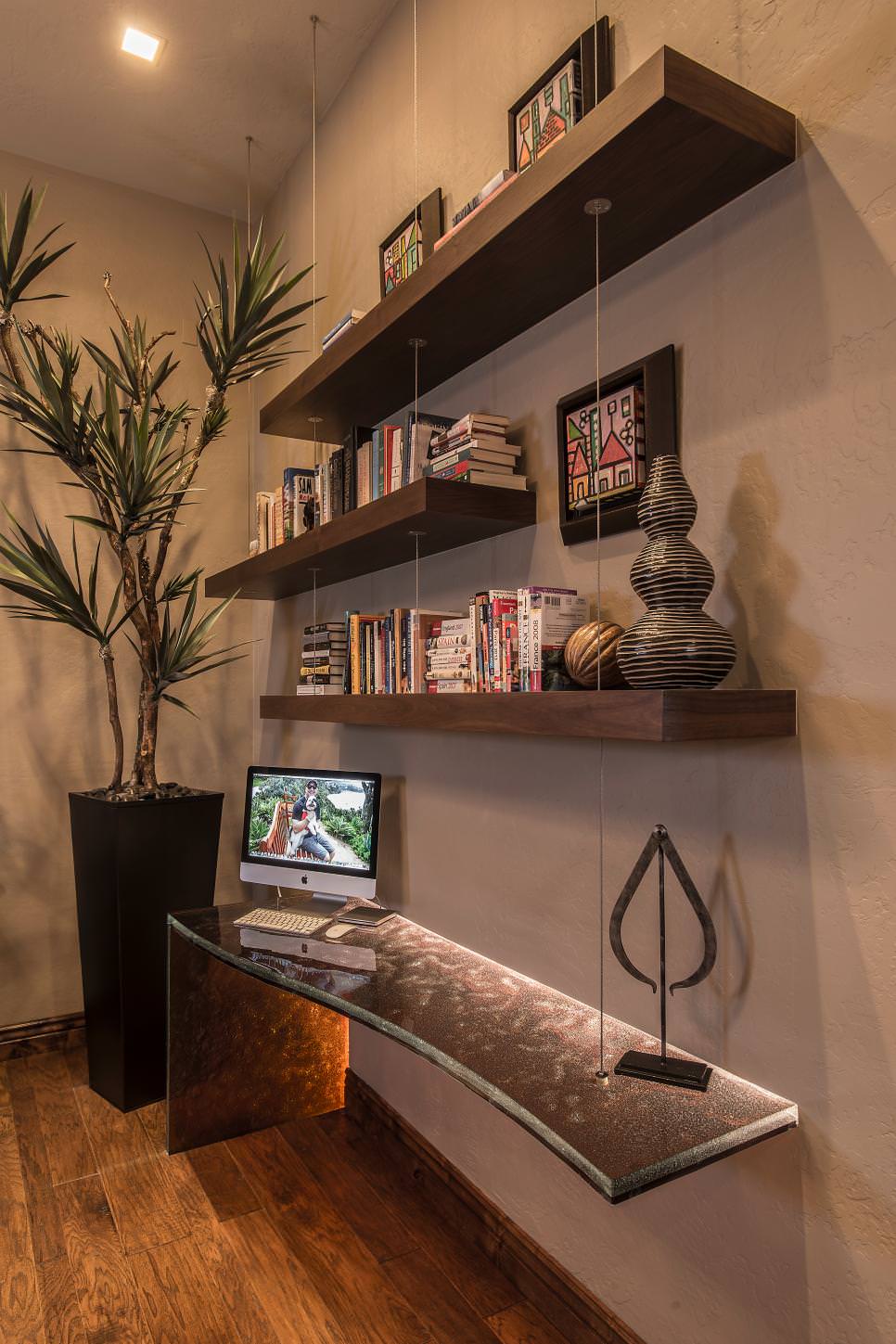Designing and Building a Custom Cold Frame
A cold frame is a simple yet versatile structure that extends the growing season, allowing gardeners to start seeds early in the spring, protect tender plants during the fall, and even grow certain crops year-round in milder climates. By harnessing the power of the sun and trapping heat, a cold frame provides a controlled environment that promotes healthy plant growth.
While commercially available cold frames are readily available, building your own offers a unique opportunity to customize the design to perfectly suit your garden's needs and aesthetic preferences. This article will guide you through the process of designing and constructing a custom cold frame, covering everything from materials to construction techniques.
Design Considerations
Before diving into the construction, carefully consider these design elements to create a cold frame that best suits your requirements.
Size and Shape
The size of your cold frame will depend on your gardening goals. A small cold frame, around 3 feet by 4 feet, is suitable for starting seeds or protecting a few delicate plants. Larger cold frames, up to 6 feet by 8 feet, offer more space for growing a wider variety of vegetables or even housing overwintering plants.
The shape is mostly a matter of personal preference. Rectangular cold frames are the most common, offering ample space and ease of construction. However, you can also explore curved or even triangular designs for a more unique look.
Orientation
The orientation of your cold frame is crucial for maximizing sunlight exposure. Ideally, position your cold frame facing south to receive the maximum amount of sunlight throughout the day. If your space is limited, east or west orientation can also work well.
Material Selection
Choose materials that are durable, weather-resistant, and easy to work with. Common choices include:
- Wood: Offers warmth, natural insulation, and ease of construction. Cedar, redwood, and pressure-treated lumber are good choices for durability.
- Metal: Provides a sleek, modern look and is highly durable. Aluminum or galvanized steel are excellent choices for resisting rust.
- Plastic: Lightweight, affordable, and easy to clean. PVC or polycarbonate panels are great options for covering the top of the cold frame.
- Glass: Offers excellent light transmission but can be heavy and breakable. If you choose glass, ensure it's tempered for safety.
Ventilation
Proper ventilation is crucial for preventing excessive humidity and maintaining optimal temperature inside the cold frame. Consider incorporating ventilation features like:
- Adjustable lids: Allow for precise control of airflow and temperature regulation.
- Vents: Can be built into the sides or bottom of the cold frame to provide passive ventilation.
- Automatic vents: Can be added to open and close based on temperature changes, ensuring optimal air circulation.
Insulation
Insulation is particularly important during colder months to maintain optimal temperatures. Consider adding:
- Styrofoam: Affordable and readily available, providing excellent thermal insulation.
- Fiberglass insulation: Offers a higher level of insulation but can be more expensive.
- Wool batting: Natural, breathable, and sustainable, offering good thermal insulation.
Construction Process
Once you have your design finalized, you can start assembling your cold frame. Here's a step-by-step guide:
1. Prepare the Site
Select a level and sunny spot for your cold frame. Clear the area of any debris and weeds. If necessary, prepare the soil by adding compost or other amendments to improve drainage and fertility.
2. Build the Frame
Cut and assemble the frame using your chosen material. For a wooden frame, use screws, nails, or joinery techniques to create a sturdy and stable structure. Ensure the corners are square and the frame is level before proceeding.
3. Attach the Base
Attach the base of your cold frame to the frame. For a wooden base, use treated lumber to resist rot and moisture damage. Secure the base to the frame using screws or nails. Ensure the base is level and flush with the ground. If using a metal frame, you might consider a metal base for a uniform look.
4. Install the Cover
Choose a cover that allows maximum light transmission while providing adequate protection from the elements. Glass, polycarbonate, or even recycled plastic sheeting are good options. Attach the cover to the frame using hinges, clips, or a sliding mechanism. Make sure the cover sits securely and opens easily for access and ventilation.
5. Add Ventilation
Incorporate ventilation features to regulate temperature and humidity inside the cold frame. This could involve installing adjustable lids, vents, or automatic vent systems.
6. Apply Insulation (Optional)
If you plan to use your cold frame during colder months, consider adding insulation. This is particularly important if you live in a region with harsh winters. Install the insulation material between the walls and the cover.
7. Finish the Project
Once your cold frame is assembled, add any finishing touches, like painting the wood or adding a sealant to protect the materials. To enhance aesthetics and functionality, consider building a small shelf inside the cold frame to hold seeds, tools, or other items.
Maintenance and Care
To ensure your cold frame functions optimally and lasts for years to come, follow these maintenance tips:
- Regularly clean the glass or plastic cover to maximize sunlight penetration and prevent dirt buildup.
- Inspect the frame and cover for damage and make repairs promptly to prevent leaks or structural weaknesses.
- Ventilate the cold frame regularly to prevent excessive humidity and mold growth.
- Monitor temperatures inside the cold frame and adjust ventilation accordingly to maintain optimal growing conditions.
- Remove debris and weeds from the cold frame and surrounding area to maintain a clean and healthy environment for your plants.
Building a custom cold frame is a rewarding project that allows you to extend your growing season and enjoy fresh produce even during colder months. By following these design and construction guidelines, you can create a durable, functional, and aesthetically pleasing cold frame that will enhance your gardening experience for years to come.












